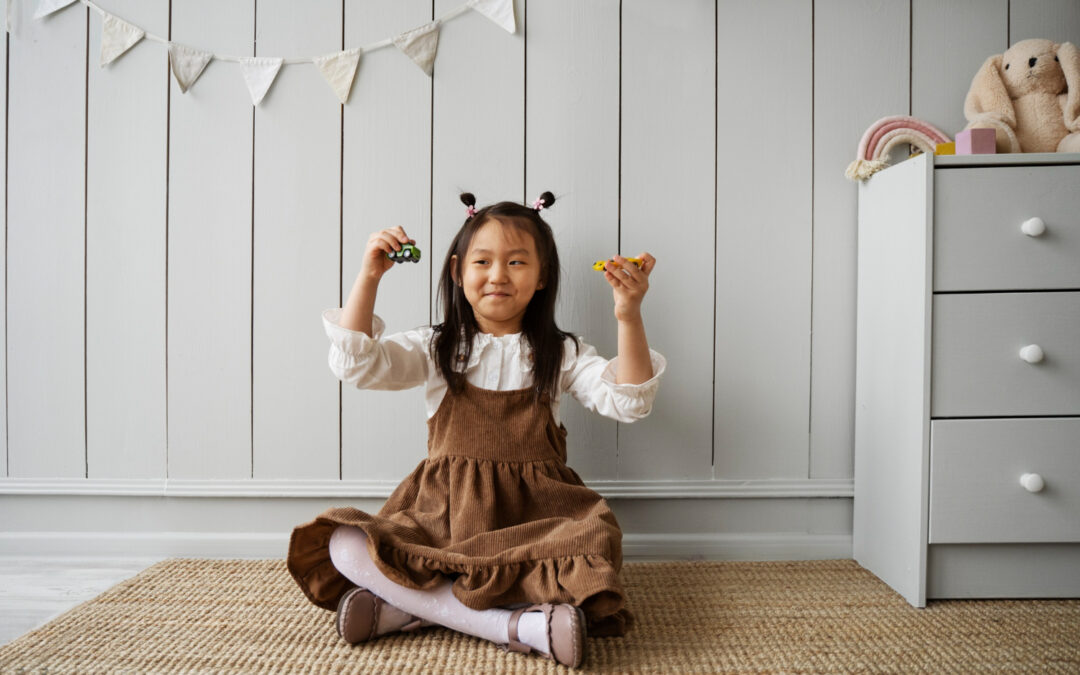Creating a home environment that supports children with autism can make a huge difference in their daily lives. A well-thought-out space caters to their unique sensory needs and encourages relaxation and learning. By understanding these needs, parents can help reduce anxiety and make their home a safe haven for their children.
Children with autism often have different sensory experiences, which can affect how they feel and behave. It is important to recognize these needs to create a comfortable space for them. From calming colors to quiet areas, the right environment can help children feel more at ease.
Understanding how to structure and organize the home is also vital. This not only helps decrease stress but can also promote a sense of independence. By making small changes, families can transform their home into a supportive and nurturing place for their children to grow and thrive.
Understanding Sensory Needs
Children with autism often experience the world differently because of their unique sensory needs. These needs can vary greatly from child to child. Some may be highly sensitive to sounds, lights, or textures, while others may seek out certain sensations more than usual. Recognizing and understanding these sensory needs is crucial in creating a home environment where they feel safe and comfortable.
To begin understanding your child’s sensory needs, observe their reactions to different stimuli. Notice if particular sounds or lights seem to upset them, or if they gravitate towards certain textures or movements. Children may express discomfort by covering their ears, avoiding bright places, or becoming anxious in busy spaces. Conversely, they might seek out sensory input by touching various objects or swinging on a playground.
Knowing these preferences helps in adapting the home to better meet their needs. For example, if a child is sensitive to noise, consider using noise-canceling curtains or carpets to soften the impact of sounds. If bright lights prove overwhelming, use softer, dimmable lighting options. Identifying these needs and addressing them can significantly improve a child’s comfort and behavior at home.
Understanding sensory needs is the first step toward creating a supportive environment. By tuning into how your child interacts with the world around them, you can help make their home a more welcoming space.
Designing a Calming Space
Creating a calming space at home for an autistic child is incredibly helpful in promoting relaxation and well-being. A well-designed area can become a soothing retreat where they can decompress and unwind from daily stresses.
Here are tips on designing such a space:
1. Soft Color Palette: Use calming colors like soft blues, greens, or lavender that create a peaceful atmosphere. Avoid bright and bold colors that might overstimulate the senses.
2. Lighting Choices: Opt for natural lighting where possible. Install dimmable lights to control brightness and reduce glare. Consider using lamps with softer bulbs to create a warm and inviting space.
3. Comfortable Furnishings: Choose furnishings that offer comfort, such as bean bags, floor cushions, or rocking chairs. These allow children to relax physically while feeling safe.
4. Minimize Clutter: Keep the space organized and free from clutter. Too many objects can be distracting and overwhelming, hindering a calming effect.
5. Incorporate Sensory Tools: Depending on your child’s preferences, add sensory-friendly items like weighted blankets, fidget toys, or white noise machines to aid relaxation.
By designing a specific space that caters to their needs, you give your child a special place to retreat. This calming environment becomes crucial in helping them manage their sensory experiences and feel secure in their home surroundings.
Organizing and Structuring the Home
Organizing a home for a child with autism involves creating a structured environment that reduces stress and anxiety. A well-organized space helps children understand what to expect and makes everyday tasks more manageable. Here are practical strategies to get you started:
1. Declutter Regularly: Keep common areas and personal spaces tidy. Fewer items reduce distractions and make it easier for children to focus on activities and routines.
2. Use Visual Schedules: Visual schedules are effective tools for helping children grasp daily routines. Use pictures or diagrams to represent each step of their day, from getting dressed to bedtime. This predictable routine provides a sense of security.
3. Label Everything: Use clear, easy-to-read labels on boxes, drawers, and shelves. Labels help children find what they need independently and make tidying up simpler.
4. Create Specific Zones: Designate specific areas for different activities, like eating, playing, and studying. Consistent zones allow children to associate these spaces with certain tasks.
5. Accessible Storage: Arrange storage options like bins and baskets within easy reach for your child. This organization promotes self-reliance and encourages children to participate in the upkeep of their space.
By systematically organizing and structuring the home, parents can create a supportive environment that fosters independence and reduces unnecessary stress for children.
Encouraging Independence and Participation
Encouraging independence in children with autism is key to helping them develop life skills and gain confidence. By making thoughtful adjustments at home, you can inspire active participation in daily activities and enhance their learning experiences.
Consider implementing these ideas to promote independence:
– Modify Routine Tasks: Simplify tasks and use visual instructions, like step-by-step charts, for daily activities such as dressing, brushing teeth, or setting the table.
– Accessible Play Areas: Create open and inviting spaces for play and learning. Accessible shelves for toys and books allow children to choose activities independently.
– Adaptive Tools and Equipment: Use specially designed utensils or tools that cater to your child’s distinct needs, making activities like eating or writing easier.
– Incorporate Choices: Offer choices for activities and tasks to empower decision-making and boost confidence. This can include selecting clothes, snacks, or what game to play.
– Encourage Responsibility: Assign simple chores or responsibilities around the home, like feeding a pet or watering plants. Completing these tasks fosters a sense of accomplishment.
By adapting the home environment to support independence, you help children develop valuable skills while promoting a sense of self-reliance and confidence.
Conclusion
Creating an autism-friendly home environment involves understanding the unique needs of your child and making thoughtful adjustments. Recognizing their sensory needs, designing calming spaces, organizing and structuring their home, and encouraging independence all contribute to a supportive and nurturing environment. These adjustments not only make life smoother but also empower children to grow and thrive at their own pace.
At Strive ABA Consultants, we’re committed to helping families create environments that support the growth and development of children with autism. Contact us to learn more about how we can assist you in making your home a welcoming sanctuary that helps your child reach their full potential. As autism spectrum consultants, we are here to guide you in implementing strategies that make a difference in your child’s everyday life.


